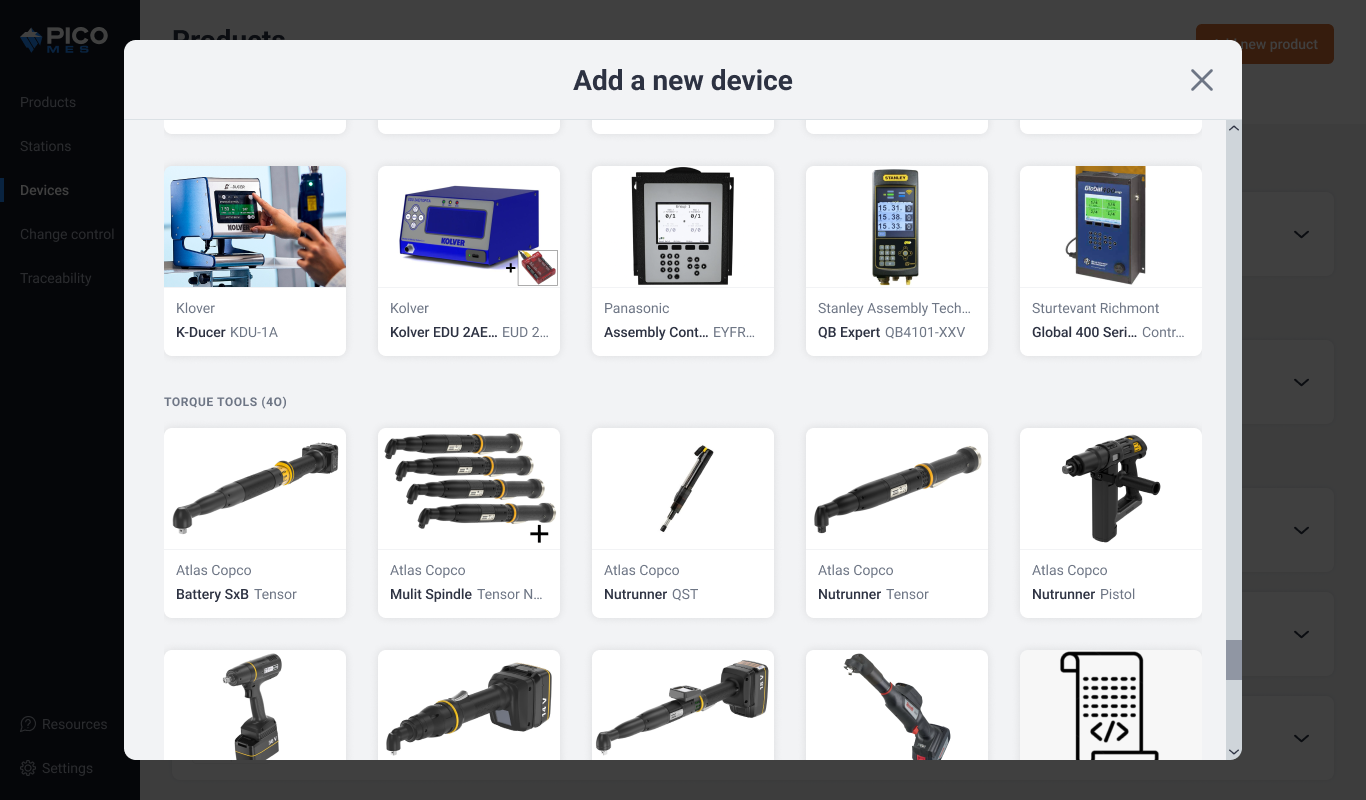#{ item.name }
#{ truncateText(item.metadescription) }
In manufacturing, data drives decisions and prompts actions. Without visibility of this information, businesses may suffer from crippling disruptions and ongoing efficiency and quality issues. Large manufacturing and production OEMs may have granular visibility into valuable factory data. However, a digital divide separates them from receiving data from the supply base.
According to The National Association of Manufacturers (NAM) the U.S are majority small manufacturers with fewer than 500 employees. These manufacturers are vital supply chain components but likely rely on clipboards and Excel spreadsheets for data capture. Manually feeding the data stores creates three issues:
1) Abundance of data errors
2) Delayed availability
3) Information gaps for items not deemed critical to operations
To get insights into incidents and events that may hobble their operations, OEMs must reach out to the supply base with information requests or deploy resources to fix issues. For example, much of my time at General Motors, Tesla, and Alta Motors was spent chasing down information from suppliers to eliminate risk. There must be a better way to address the daily firefighting of manufacturing, and that better way is to connect supply chains.
Connecting supply chains is not a new or novel idea, but over the past two decades, manufacturers, excluding those making pharmaceuticals, have made little progress on this front. I believe there are two reasons for the lack of change: supplier access to the technologies and OEMs not taking ownership of the problem.
Legacy best-of-breed platforms that cater to large corporations impede small manufacturers’ accessibility to the technologies for connection. In the manufacturing execution systems (MES) realm, the impediments include huge upfront and ongoing expenses, rigid platforms requiring expensive systems integrations and customizations, and ongoing reliance on developers to make modifications as the workflow changes. Time is also a consideration; estimates range from 6 to 18 months for implementation, depending on whom you ask.
However, the time, effort, and cost concerns are being addressed with new solutions to collect and share critical operational data. Yet, the perceptions forged by the legacy platforms live on.
In some circles, there's also a perception that revealing too much about company operations to customers gives the buyer too much leverage. However, I think most suppliers are eager to collaborate and have a voice, given the opportunity to be a player (not a pawn) in the connected supply chain.
Left unchanged, the data disconnect puts all parties in jeopardy.
As I have seen firsthand, crucial decisions, such as shutting down a line or an entire factory due to a component problem, are often made without the benefit of data because there isn't enough time to get a supplier's response. During one of my assignments at General Motors, it was producing a Duramax truck every 53 seconds. If an operator found a component issue, a line-side engineer had 53 seconds before the next truck came along to decide if there was one bad part or all parts in the factory were bad; 7 minutes before that section of the line shuts down; and 30 minutes before the entire factory shuts down.
With a disconnected supply chain, data to discover the extent of defective parts takes hours or days to receive from the supplier. So, the line-side engineer must make a crucial decision without all the facts.
That’s just one example from my time in automotive manufacturing. There are countless others where the digital divide creates problems, such as the bullwhip effect on inventory, OEM inefficiencies for gathering needed intel and OEM expenses for quality engineers to travel to suppliers’ factories to assist in solving a vendor issue.
To erase the digital divide and connect the supply chain, my bold proposition is a top-down approach where OEMs pave the way for suppliers to connect their data streams. When done collaboratively, this erases the two factors contributing to supplier reluctance. With each supplier that connects, OEMs gain greater real-time visibility into their operations. Establishing the connection, the OEM now has real-time (and accurate) data from the suppliers’ manufacturing operations. The bonus benefit is improved manufacturing efficiency, due to an MES implementation by the suppliers, which makes the supply chain stronger and more resilient.
I see this plan as a phased approach. The OEM would start with a two-company pilot as proof of concept. Then, it would pursue a limited rollout, focusing on a mix of suppliers that manufacture high-risk components and those that are trusted and easy to work with. The last phase is a full rollout to the supply chain with the OEM funding some of the implementations and promoting implementation to all others with contract expectations of being a connected supplier.
Daily, manufacturers experience the impact of the digital divide. It’s time to own the problem and solve it. The alternative is to keep pointing fingers at the suppliers as the root cause, hoping and praying for better days.
5. How can manufacturers improve traceability without overhauling their systems
Modern MES platforms like PICO make traceability part of the daily workflow. By tracking each step in production, manufacturers can isolate quality issues faster, meet compliance requirements, and build trust with OEMs without requiring large IT teams or l long rollouts.
#{ truncateText(item.metadescription) }
Step into the future of factory operations with Pico MES. Start your journey toward a more efficient, error-proof factory floor today.
